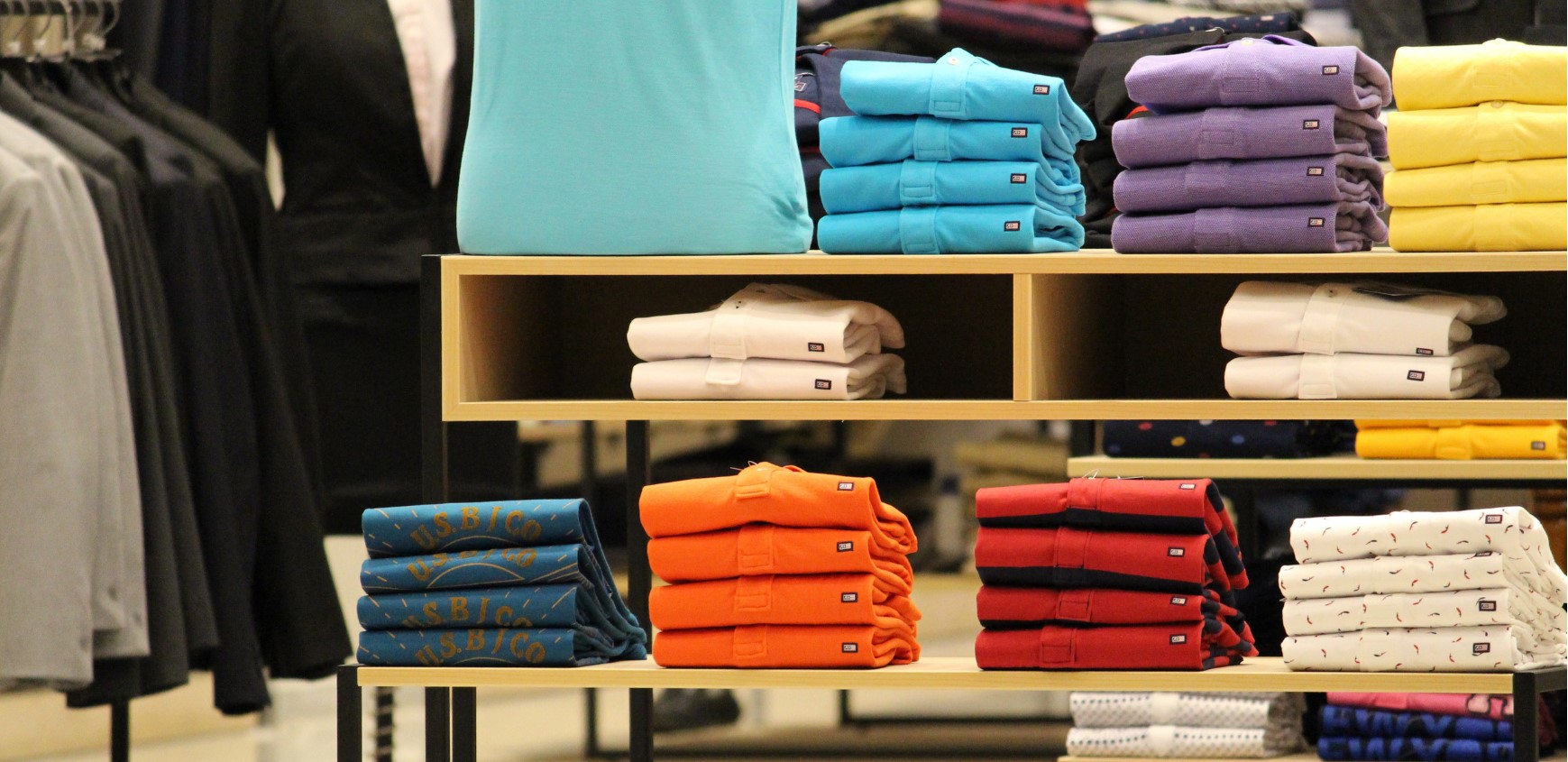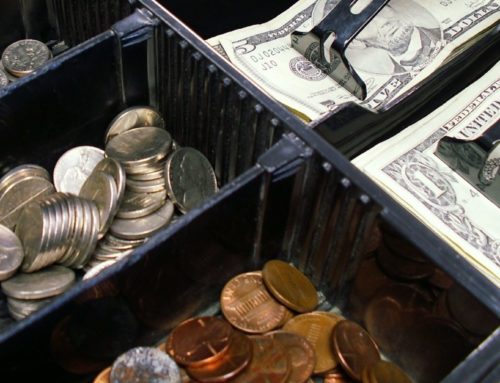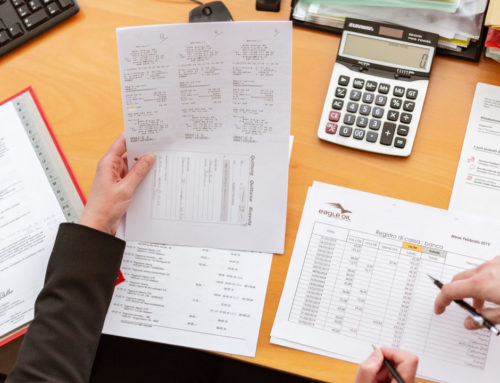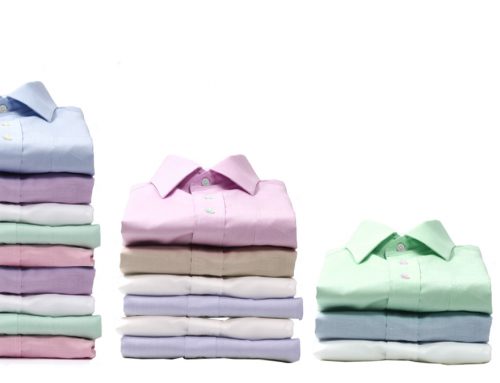Item Planning is for those non-fashion products where weekly sales and inventory planning require active planning and monitoring. It is sometimes also referred to as Key Item Planning. In other words, your buyer/merchant must proactively review the fit of these non-fashion products within the Omnichannel retail seasonal category strategy.
Item planning differs from assortment planning for fashion items. In an item plan, your team must drill down with more granular data to make ongoing choices for those never-out-of-stock key items that consistently sell every week to drive business.
In this blog, we will discuss the basics (get it?) of item planning
What styles does a buyer put in an item plan?
One of the most common issues merchants have is that item plans are mostly done in a silo. They have no visibility of the entire assortment. The cohesion of fashion and basic items is not analyzed holistically. Since the product mix is critical to an assortment plan, think of how much an item plan can sway the buyers’ color presentation for an assortment plan. The Buyer must have a proper assortment of fashion and basic styles.
To determine what product is Fashion or Basic, the merchant needs to determine the number of weeks the product will be on the floor before invoking an exit strategy – the number of weeks the product will be on the floor at regular or promotional price. Fashion products have a short selling cycle and require an assortment plan to determine their buy quantity or inventory plan. Fashion products tend to change often. Conversely, basic or key items have a longer selling period, often for an entire season; sometimes, they are referred to as long-life items. These items are what your customers come to expect from you and why they will return to your stores; customer loyalty depends on your stores having these items in stock.
How is an item plan different from a replenishment item?
Knowing when to end an item is the difference between replenishment and item planning. Items that are planned in an Item Plan have a fashion direction. These items’ life span is not indefinite. Think of women’s racerback tanks – they were last year’s fashion tank. This season, they are an item plan tank, but they will be out next season. This example shows why item planning requires a buyer’s vision to incorporate the seasonal merchandising strategy – they must identify and prioritize the details that matter in an Item Plan. Inventory planning an item is time and resource intensive. The Buyer is constantly analyzing, acting on trend changes to recommend moving an item out or to uptrend to increase receipt investment. For this reason, not all basic items should be in an Item Plan. For those items that don’t require human intervention, automated replenishment will more than meet your staple demands.
What metrics do you plan with item planning?
Once you’ve identified the key items you want to include in your item plan, you are committing to proactively planning and monitoring a number of key performance metrics. Inventory planning is key to separating retail winners from retail losers. Too much inventory leads to a decline in margin due to markdowns. Too little inventory leads to lost sales and lower customer satisfaction. Optimal inventory planning is profitable item planning. A buyer wants to ensure they are always in stock on those key items.
Inventory: An item plan helps the Buyer forecast just-in-time inventory to meet customer demand. To do this, the Buyer must consider the product lead time from the vendor. For example, if it takes five weeks to ship an item to the DC, the Buyer must carry more than five weeks of supply at all times. Weeks of supply are defined as your starting inventory divided by your demand.
Demand: Of course, the most critical metric, as always, is sales (demand). Item plans like merchandise financial plans follow a seasonal demand curve. Therefore, it is essential to account for seasonal changes and promotions within your Item Plan. Having your plan seeded with last year’s selling or a demand forecast will give you the most accurate sales curve to begin demand planning. In season it is important to incorporate a trend-based demand forecast.
Dollars or units: Unit item plans are most common. However, translating the buy units to dollars is critical for Open to buy.
Do all stores carry a basic item?
Typically yes, as basics are often on promotion. However, the retailer winners can use clustering and store tailoring to carry more colors based on store selling.
Learn more about Clustering
Item planning is a blend of the art and science of retailing. Trends come and go, and some items will move from fashion to Item Plans, and others will move from Item Plan to Discontinued. Retail winners will be able to spot these changes faster than the rest. With proactive retail planning and analytics, retail winners will be able to quickly make changes to their category strategy and discontinue at the right time to save margin eroding markdowns.























